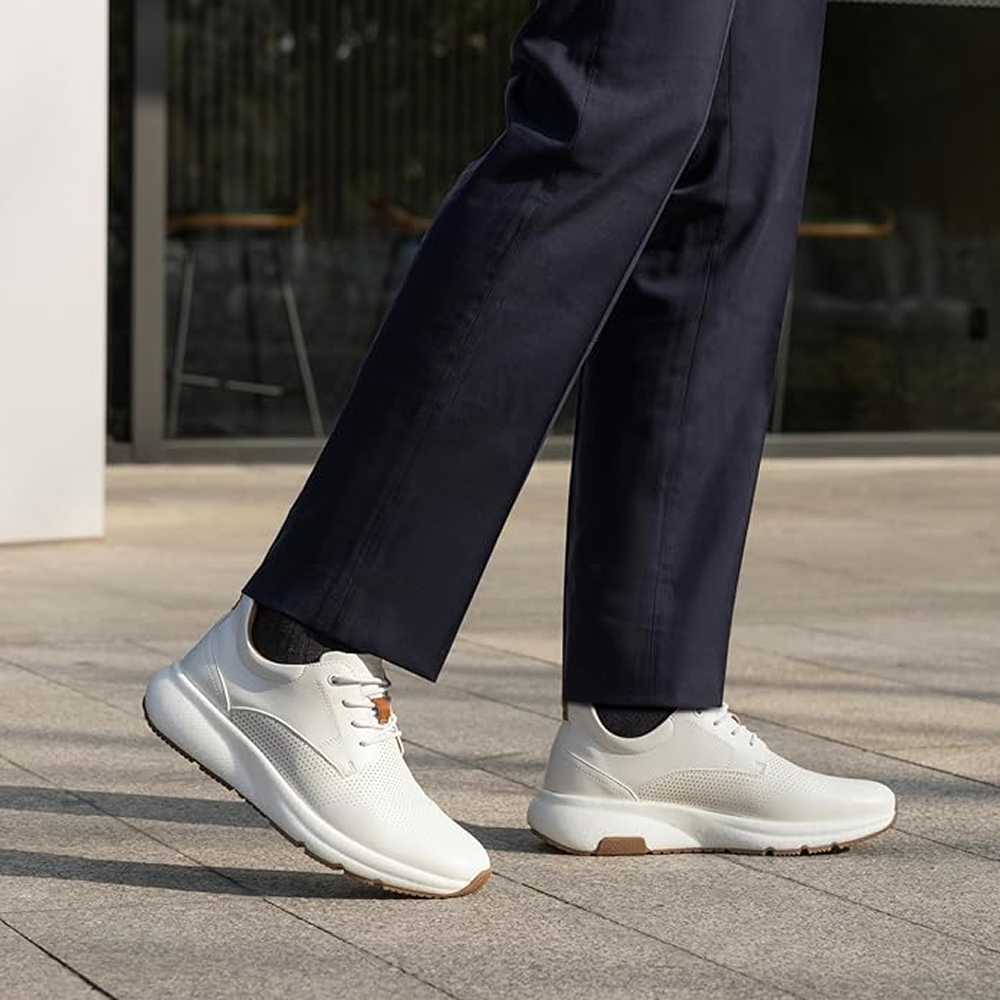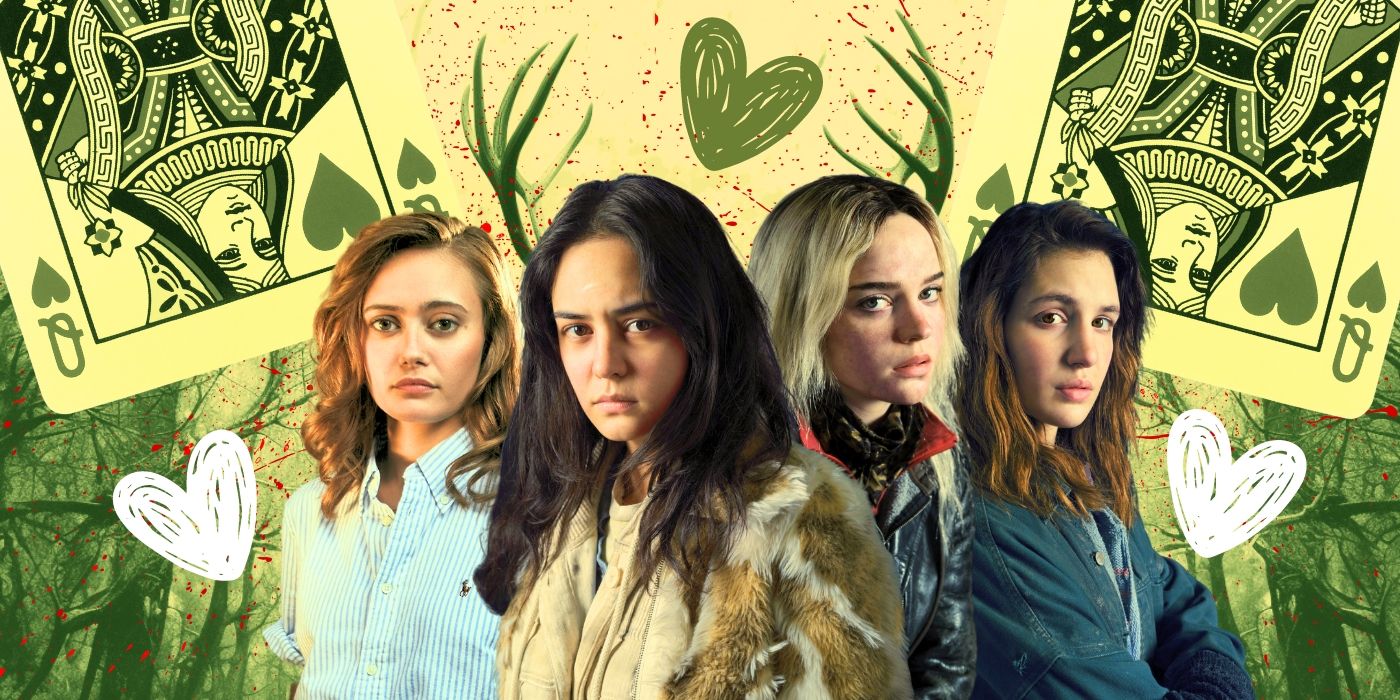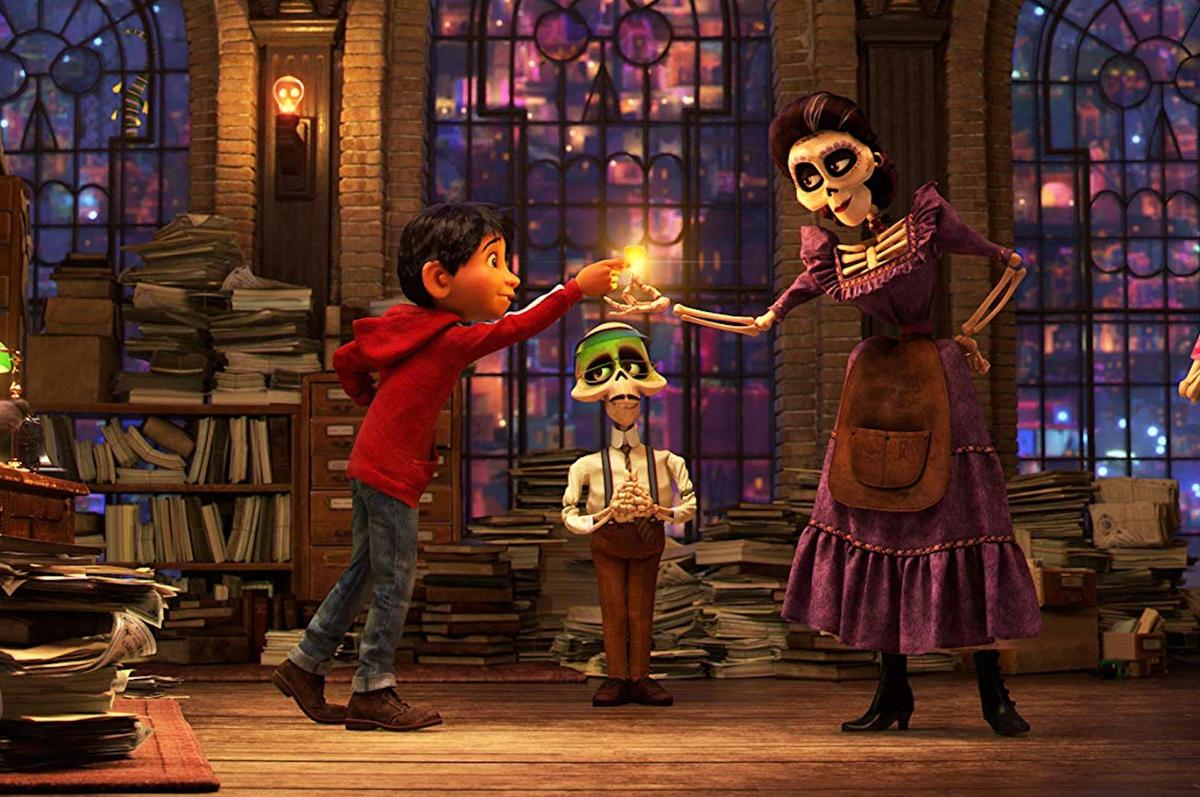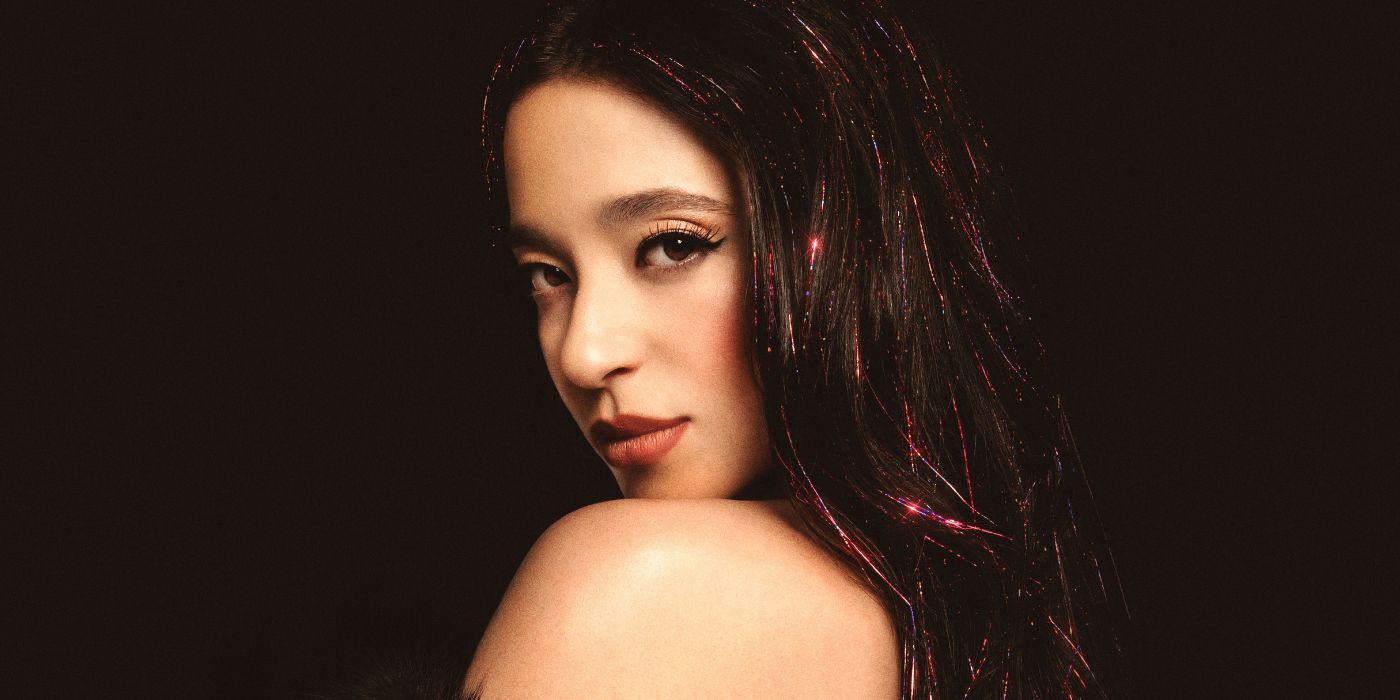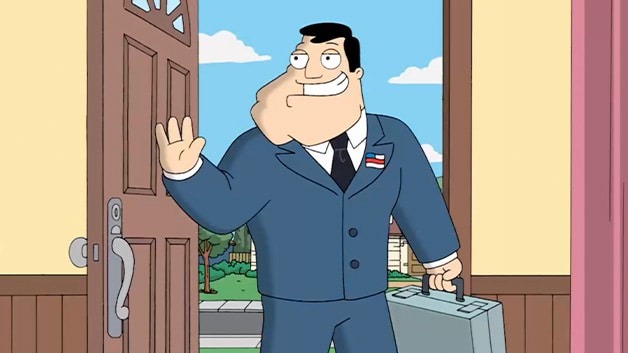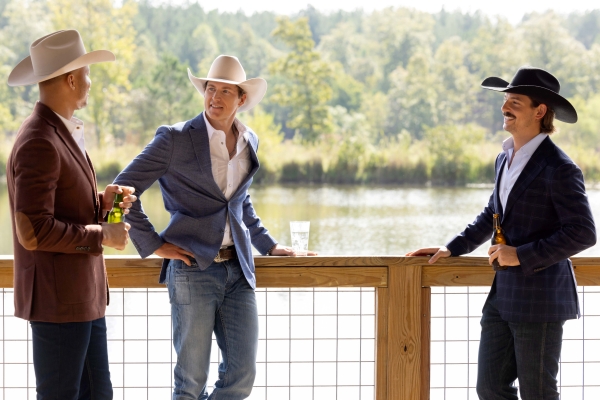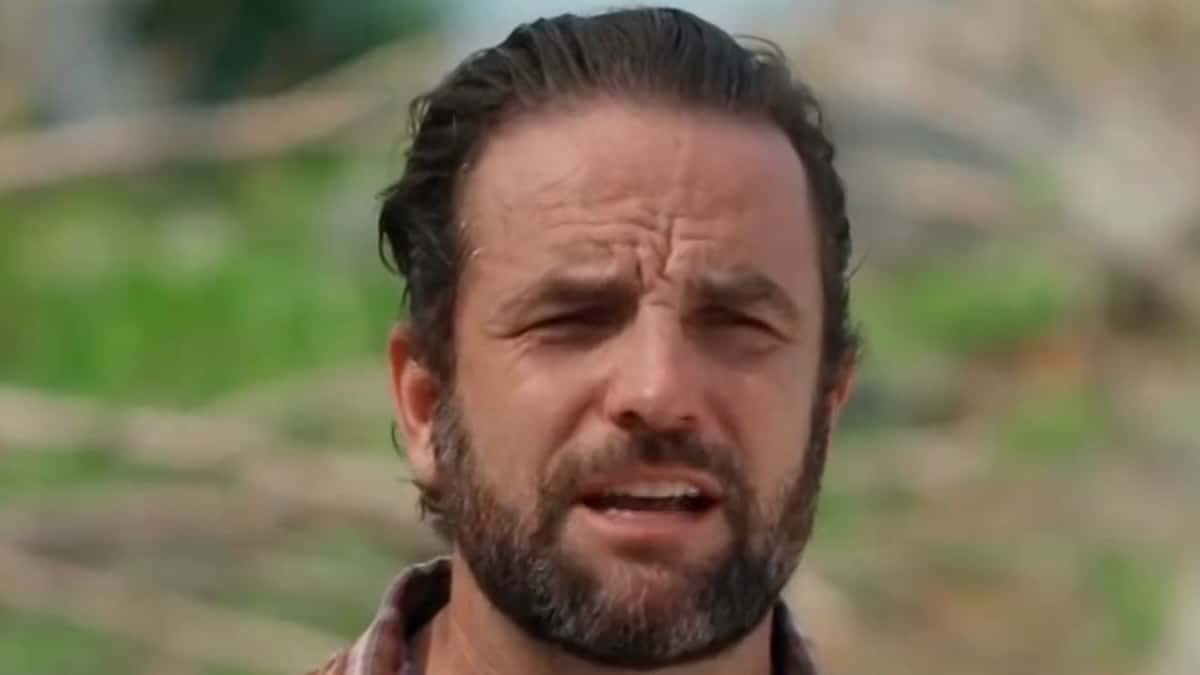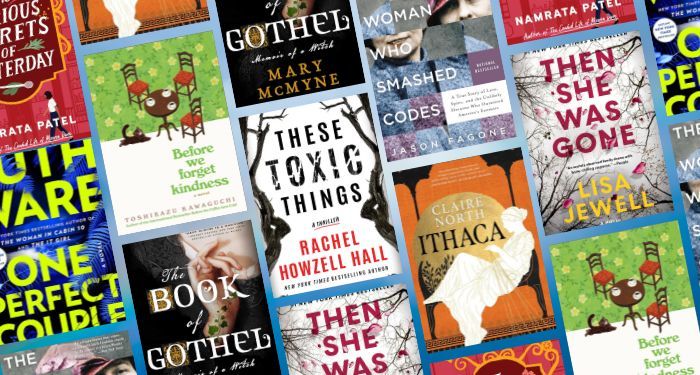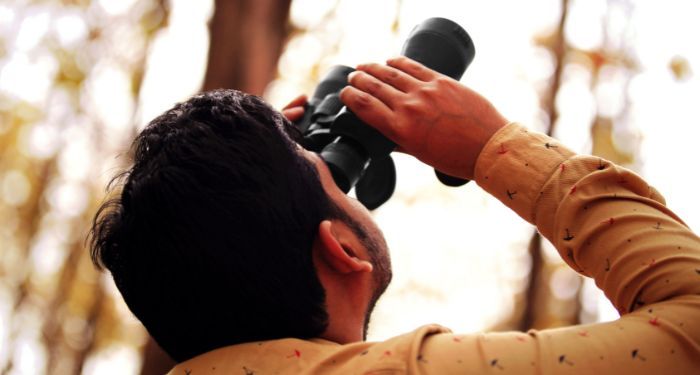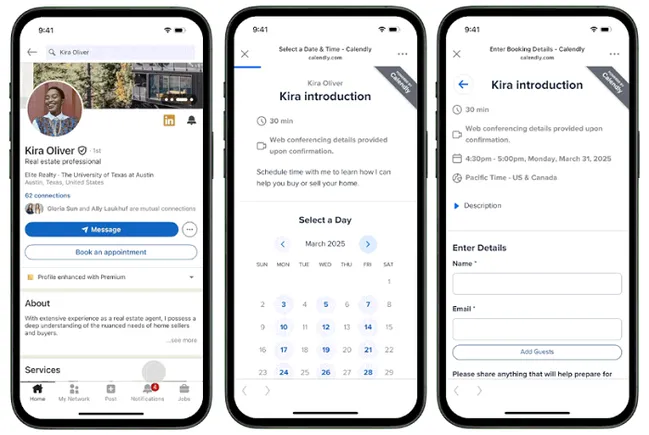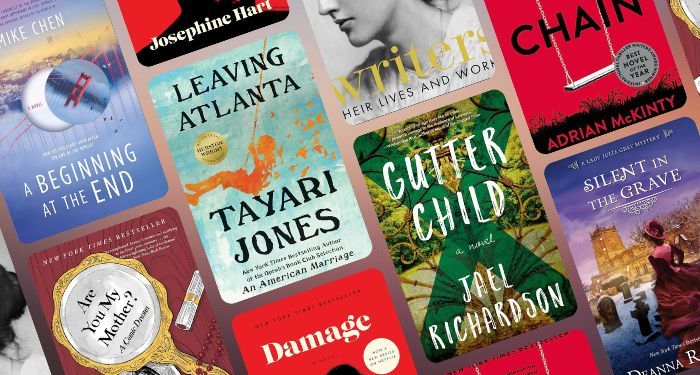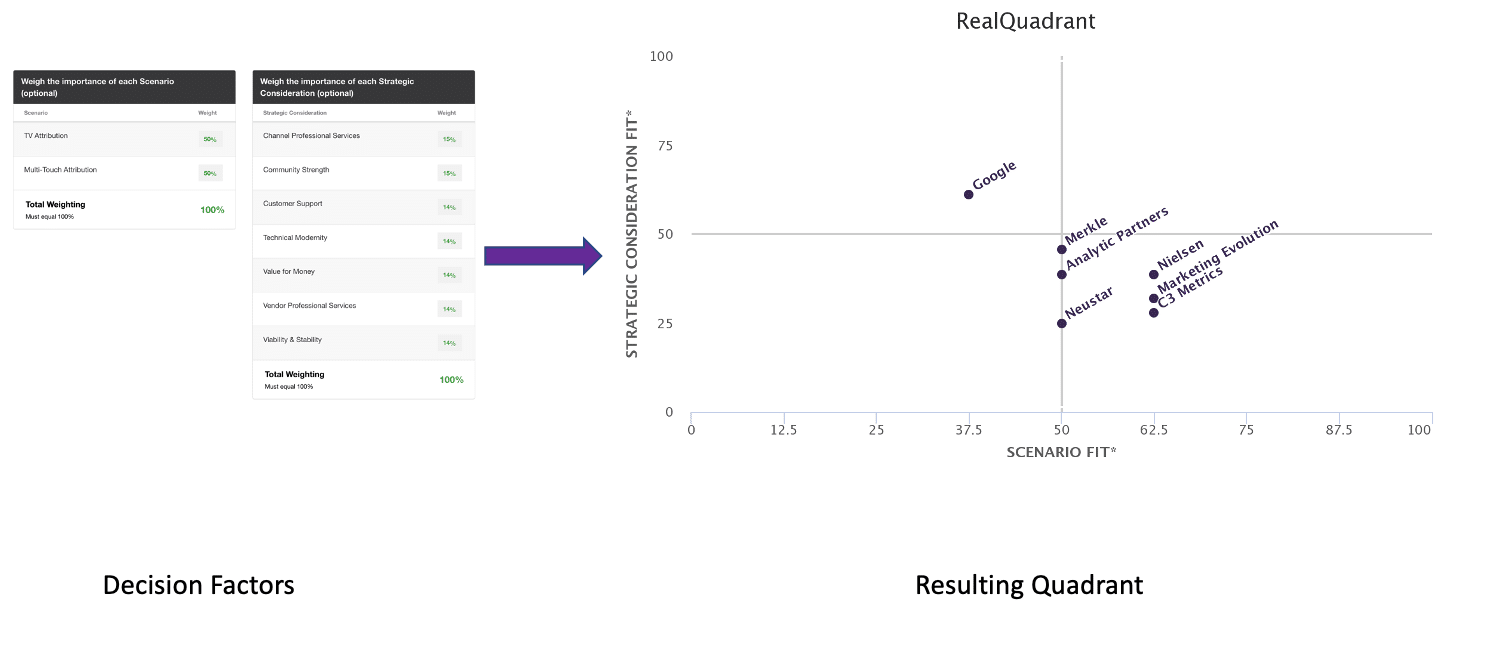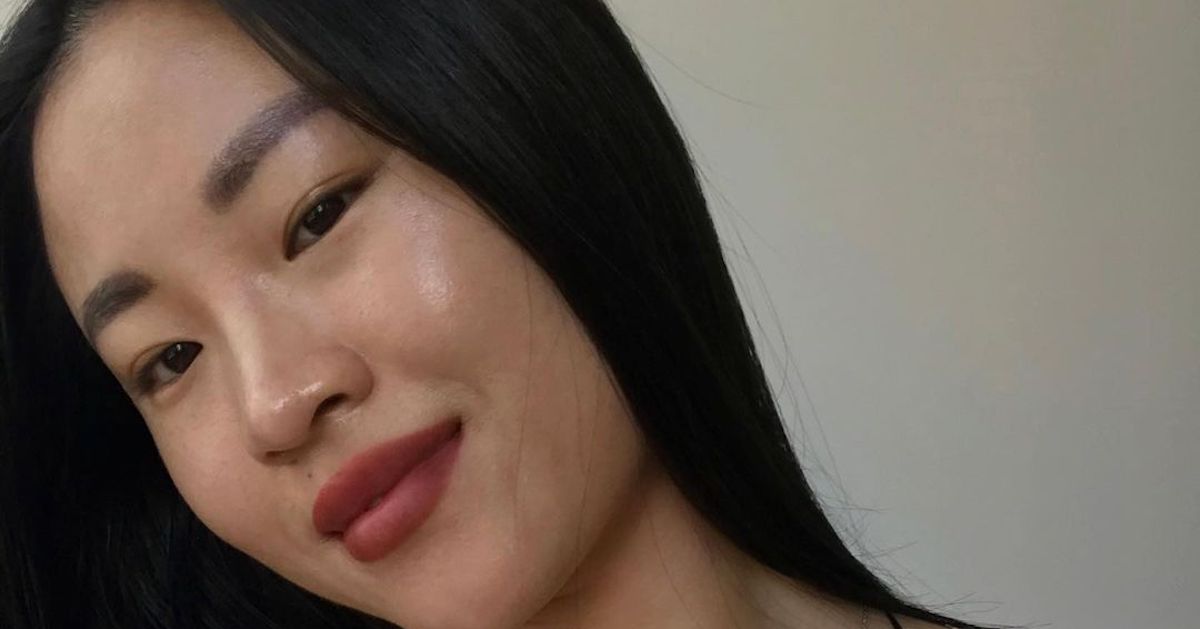Editor’s Note: The following contains The Holdovers spoilers.
The Big Picture
- The Holdovers is a heartfelt and nostalgic film set in the 1970s that pays tribute to the New Hollywood Movement and the counterculture youth of the era.
- The film explores the themes of rebellion, societal change, and the impact of the Vietnam War on young people, capturing the spirit of the time.
- Drawing inspiration from director Hal Ashby, The Holdovers explores existential anxieties and social disparities, while also emphasizing the importance of finding family and connection outside of traditional norms.
Beginning its wide theatrical release on November 10, The Holdovers serves as a major comeback for American filmmaker Alexander Payne, best known for works including Sideways, The Descendants, and most recently, the lukewarmly received Downsizing from 2017. Starring Paul Giamatti, Da’Vine Joy Randolph, and newcomer Dominic Sessa, The Holdovers centers around a prestigious all-boys boarding school in New England, where a grumpy, old-world history teacher has been given the responsibility of overseeing the small group of stragglers stuck at school over the holiday break.
Equally heartwarming and analytical of the instability of America during the film’s 1970-1971 setting, The Holdovers serves as a solid throwback to the state of Hollywood during the era, a period when iconic filmmakers like Steven Spielberg, Francis Ford Coppola, and Martin Scorsese were arriving on the scene to reconfigure the landscape of American cinema. Payne, who would have been ten years old during the time The Holdovers takes place, captures the nostalgia of the time with so many inspirations from ’70s filmmaking and The New Hollywood Movement coming through in the final product, ranging from the vintage look and feel of The Holdovers to the themes and character perspectives the movie chooses to tackle.
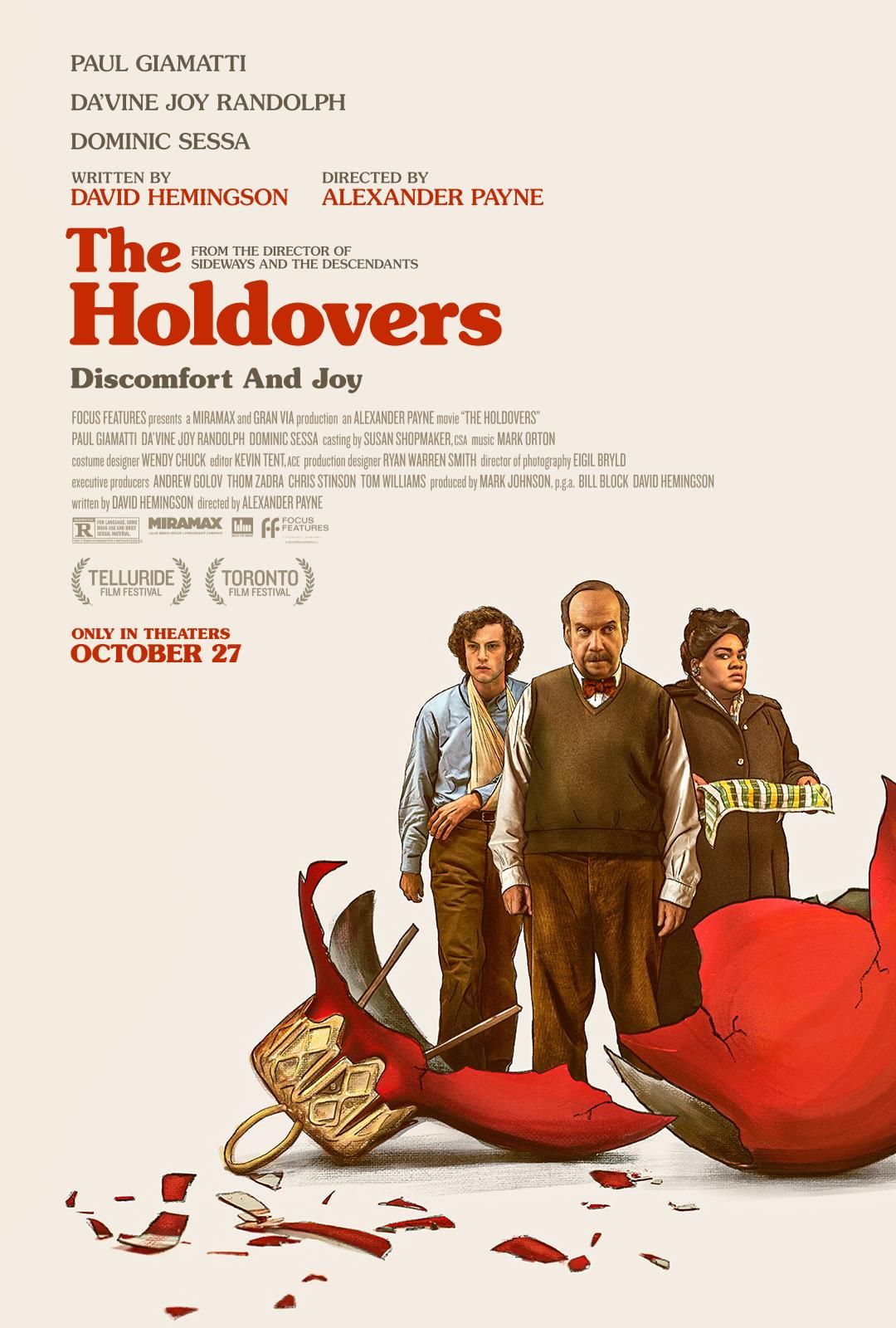
The Holdovers
A cranky history teacher at a remote prep school is forced to remain on campus over the holidays with a troubled student who has no place to go.
What Is ‘The Holdovers’ About?
Beginning in late December 1970, The Holdovers takes place at Barton Academy, a distinguished and exclusive all-boys school on the outskirts of Boston. Just before the holiday break, Mr. Paul Hunham (Giamatti, working with Payne for the first time since 2004’s Sideways) learns that he has been given the duty of watching the “holdover” students –– the ones staying at Barton over vacation –– much to his cantankerous dismay. Abandoned with his least favorite teacher and a quickly dwindling number of fellow holdovers, Angus Tully (Sessa) is a rebellious spirit, sore with his newly remarried mother, who stranded Angus at school after promising to take him along on a Caribbean vacation.
Besides Paul and Angus, their only company over the holiday turns out to be Barton’s kitchen manager, Mary (played by the excellent Randolph), grieving the passing of her son, who lost his life in the Vietnam War. As the three settle into their temporary routine with Christmas quickly approaching, the trio grows surprisingly closer and creates unlikely connections that prove equally rich and touching, transforming The Holdovers into a feel-good holiday comedy with a gritty edge reminiscent of its 1970s setting.
‘The Holdovers’ Reflects on Early ’70s Youth Counterculture
Sporting floppy shag haircuts, arguing about stolen weed and cigarettes, and listening to rock music in their dormitories, the boys of Barton Academy are reflections of the zeitgeist of 1970s youth in The Holdovers. Even with their upper-class standings in society, the Barton boys have experienced the influence of the Counterculture Movement from the decade before, predominantly portrayed through Angus’s perspective in the movie.
In his late teens, Angus grew up in the disillusioned America that created the movement, from the devastating effects of the Vietnam War to the Civil Rights Movement and political flux of the Post-War decades. This instability has a clear impact on Angus’s outlook on the world and that of his classmates, most of whom seem eager to throw off the shackles of privilege and tradition to adopt the progressive thinking of many young people during the 1970s. These rebellious spirits of youth portrayed in The Holdovers are shaped by the revolutionary vibrancy of the 1969 Counterculture classic Easy Rider.
Directed by Dennis Hopper, Easy Rider is considered by many to be the first work of the New Hollywood Era, when American directors of the 1970s took a more daring, auteur-driven direction with their filmmaking, rejecting the conventions of the capitalist studio system that had dominated the industry for many decades up until that point. Easy Rider and similar works from the era have seemingly marked the souls of all the Barton boys as they grow into adulthood during a time of evolved ideas and perspectives in America, and The Holdovers places a strong emphasis on these concepts through its depictions of youth culture throughout the film.
How Did Hal Ashby’s Movies Influence ‘The Holdovers’?
With many intriguing approaches, audiences can draw connections between The Holdovers and the work of Hal Ashby, a director whose prolific filmography strongly reflected the era of feeling in 1970s America. From his directorial debut The Landlord to the cult classic Harold and Maude to the multi-Oscar nominated Coming Home, Ashby’s work during the ’70s found its themes and criticisms based on the struggles faced by America, including the existential anxieties brought on by the Cold War and the racial/social disparities emphasized and brought to the forefront during the era. Numerous fascinations of Ashby’s work can be interpreted from viewing The Holdovers.
Cinephiles are likely most familiar with Ashby’s Harold and Maude from 1971, a movie that may have been misunderstood at the time of its original release but has since become arguably Ashby’s best-known film. Angus, the central character in The Holdovers, can be viewed as strongly inspired by the titular character of Harold in Harold and Maude. Dark-haired, rebellious young men, deeply misunderstood by their mothers (who would love to ship their sons off to Vietnam) and often ostracized by the surrounding world, Angus and Harold represent a contemporary type of man often portrayed in ’70s cinema, anxious about the modern world and its problems and more sensitively in-tune than the men of older generations. While Harold’s fascination with death is much more overt than Angus’s brand of macabre, there is a strong presence of something darker in both young men as they enter adulthood in a world of uncertainty. The Holdovers and Harold and Maude also share a stirring sense of finding family apart from the traditional idea of what that can mean and discovering parental figures outside of blood connections. In both movies, this sentiment seems significantly radical during times when the concept of the nuclear family was still held in such high regard in the Western world.
Other references to Ashby’s work can be found in The Holdovers as well, particularly through the supporting character of Mary. While Mary serves as an emotional pillar in the movie, she also presents a critical perspective as a Black woman and figure outside the upper-crust poshness of the WASP-y Barton students and their teachers. Mary took her job managing the kitchen at the private school to grant her son an education that most American families during the time could not pay for, in ways embodying the racial and class disparities explored in Ashby’s 1970 debut, The Landlord, which centers around a privileged landlord in Brooklyn who opens his eyes to the inequality of race relations in the United States for the first time. When Mary’s son is pressured to enlist in the Vietnam War after graduating from Barton, he does so to receive the military incentives that would afford him to pursue a college education, a plan that ends in tragedy when he is killed during his service. The dark phantom of the war looms forebodingly over many of Ashby’s films, most intensely explored in Coming Home from 1978. The conflict in Vietnam similarly haunts all the protagonists of The Holdovers in many forms throughout the film’s 2+ hour runtime.
Successfully pulling off Payne’s goal to “create the illusion that it had actually been made in the ’70s,” The Holdovers starts with a grainy, old-school logo for its production company, Miramax, and continues to serve up the period in every scene that follows, from the soundtrack to the styling to the production design that the film employs. With its lonely characters struggling to find their rightful places within an ever-changing world, The Holdovers creates an effective homage to 1970s filmmaking that has already proven impactful on movie-goers, confirmed by the movie’s first runner-up placing for the always influential People’s Choice Award at the Toronto International Film Festival back in September. As Oscars season approaches, The Holdovers will likely be a big part of the conversation as it continues to pull in audiences with its throwback feel and heartwarming narrative. Perspective audiences will be able to finally see The Holdovers when the film begins its wide theatrical release just in time for the Thanksgiving holiday on November 10.
The Holdovers is currently playing in theaters.




























